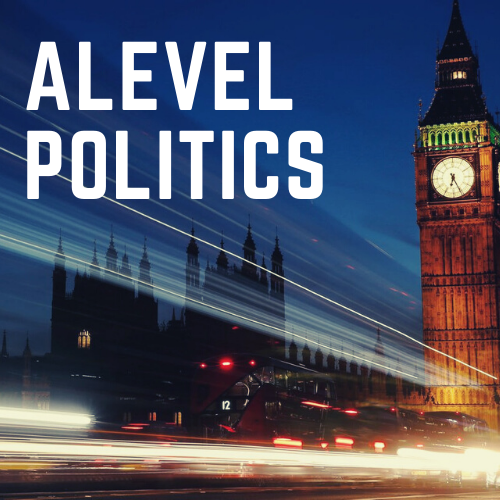Divisions within the Conservative Party
There is a fundamental division that exists within The Conservative party. The party leadership is dominated by the modernisers, those MPs gathered around Cameron that see the Conservative Party as the natural centre ground. Osborne is a key moderniser and his recent speech to the Tory conference was seen to be treading on traditional New Labour territory. However, the party also consists of a number of fundamentalist right wingers that believe in leaving the EU, imposing stricter regulations on immigration and moreover scrapping the Human Rights Act, which is manifesting itself in the showdown that is the EU referendum, set to be held by May 2017.There has always been a section of the Conservative Party that remain heavily orientated towards Thatcherite and more traditional principles of conservatism; the focus on free market economy, the limited role of the state, Euro-scepticism and social conservatism rooted in Britain’s Christian heritage. A number of Tory backbenchers see the modernisers within the party as a weak-minded minority, ready to risk principles for what they see as a misplaced desire for power. They cite Cameron’s failure to win a strong majority as the folly of his brand of modernisation.During the coalition years (2010 to 2015) the Liberal Democrats centrist ideology and that of Cameron worked together remarkably well. It was often believed Cameron preferred Clegg, Cable and Alexander to some of his own backbenchers. Although they did implement a policy of austerity, they were also curbed by the Liberal Democrats, who claimed they acted as a barrier to a ‘lurch to the right’. However, because of the circumstances of the 2015 election, providing the Conservatives with a twelve-seat majority, backbench Tories who were warily restrained in the coalition government are now calling for the Prime Minister to implement stronger policies aligned with fundamental conservative principles.The European Union is proving to be a constant source of underlying conflict within the party, although Cameron wants to renegotiate the terms of Britain’s involvement in the EU, he does not wish to exit it completely, whereas many conservatives maintain the stance of exiting the European Union, so-called Brexit. Cameron was forced into calling an EU referendum to appease factions within his own party, fearful of the party splitting as it did under Thatcher and Major. The major objection towards the EU is the ‘principle of free movement’, a basic tenet of the union. On this point Cameron does tend to agree that Britain should have a greater ability to control the country’s border. However it is unclear whether he will be able to negotiate a British opt out to such a fundamental EU principle. This ideological split has and will prove to be divisive within the party.Cameron hopes to renegotiate the terms of Britain’s affiliation to the EU and in the process appease his party. If he fails, his party will go into the referendum split and that may hinder his chances to anoint Osborne as the next leader. Divided parties also rarely win general elections. In such a circumstance an even divided opposition may benefit the Tories.Lara Andrews
